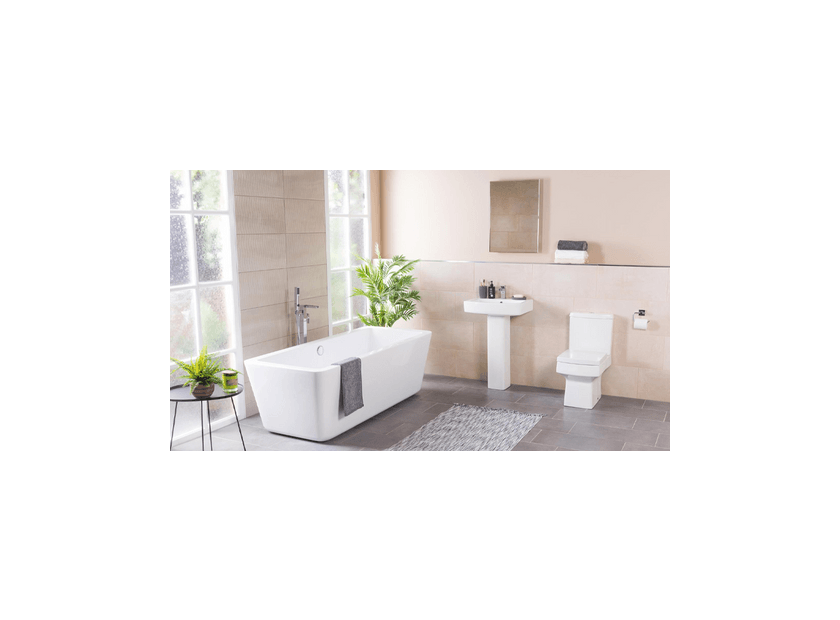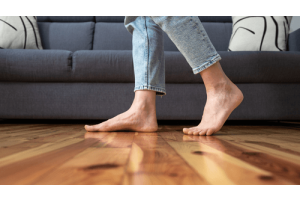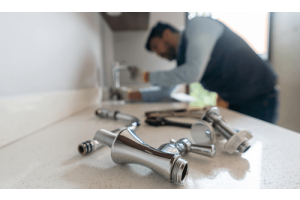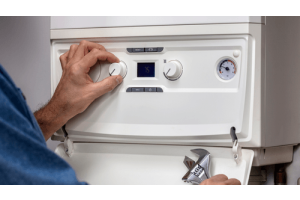Fitted Bathroom FAQs
Fitted bathrooms are becoming increasingly popular in homes around the world. From classic designs to modern looks, fitted bathrooms are a great way to make your home look stylish and luxurious.
Whether you’re looking to install a bathroom for the first time or renovate an existing one, this FAQ guide will cover everything you need to know about fitted bathrooms.
What are the benefits of having a fitted bathroom?
Having a fitted bathroom is a great way to ensure that your bathroom looks and functions exactly the way you want it to. Not only does it make the best use of the available space, it also gives you the opportunity to add your own personal touch to the decor.
Here are some of the main advantages of having a fitted bathroom:

1. Maximise Space – By having a fitted bathroom, you can make the most of the space you have available. It allows you to maximise the use of the room by fitting cabinets, basins, toilets, and even showers in a way that works best for you.
2. Customisation – A fitted bathroom lets you customise your space to make it look and feel exactly the way you want it. You can choose the colours and fixtures that fit your style and make the bathroom look like it was designed specifically for you.
3. Efficiency – Fitted bathrooms are designed to be as efficient as possible. They are designed to provide maximum storage space and to make it easier to keep the area clean and tidy. This makes it easier to maintain a hygienic environment, rather than having to constantly rearrange items to make sure everything fits.
4. Durability – Fitted bathrooms are made to last. They are constructed using high-quality materials that are designed to withstand heavy use and regular cleaning. This means that, with proper care and maintenance, your fitted bathroom will look as good as new for years to come.
What types of fittings are available for bathrooms?
When it comes to fittings for bathrooms, there are many options available. Depending on the size and style of the bathroom, the fittings chosen will vary. For example, a small bathroom might need a basic shower, sink or basin, and toilet, while a larger bathroom can accommodate a larger shower, a bathtub, and additional storage.
Showers are often the most important fitting in a bathroom as they are used daily. There are many types of showers available, including handheld, rainfall, and walk-in showers. Handheld showers are ideal for those who are unable to stand for long periods of time, while rainfall showers offer a luxurious showering experience. Walk-in showers are a great option for those with limited space, as they can fit into a corner or alcove without taking up too much space.


Bathtubs are another common fitting in bathrooms. There are a variety of bathtubs available, including Jacuzzi-style, clawfoot, and alcove. Jacuzzi-style bathtubs are great for those looking for a luxurious soaking experience, while clawfoot bathtubs are ideal for those with a classic or vintage design. Alcove bathtubs are great for those looking for a tub that fits into a corner or alcove.
Basins are also great for keeping your bathroom clean and tidy. They provide a space for storing items such as soaps, toothbrushes, and other bathroom accessories. The materials used for basins vary from ceramic, porcelain, natural stone and even stainless steel, depending on the desired look and function.
How much does it cost to have a bathroom fitted?
Installing a bathroom can be expensive, but depending on the size of the room and how much work is needed, the cost can be kept to a minimum. The biggest expense you'll need to consider is the labour costs for a qualified tradesperson to do the job. The next cost to consider is the materials needed for the job.


Basic materials such as tiles, paint and grout, taps, showers, and toilets are relatively inexpensive, but if you choose to upgrade fittings such as a bidet, heated towel rails, or a steam shower, then you can expect to pay more. If you're having an entire bathroom installation, then you may also need to consider the cost of replacing pipework and electrics, which can add a significant amount to the total cost.
Overall, the cost of having a fitted bathroom can vary greatly depending on the complexity of the job and the materials you choose.
Here at John Nicholls, we offer a full service, including the design, delivery, and installation of any fitted bathroom purchased from our Bathroom Solutions showrooms.
What should I consider when choosing a fitted bathroom?
When considering a fitted bathroom, there are a few points to consider.
First, you should think about the size of your bathroom and how much space you have to work with. Will the fitted bathroom have to fit in an existing space, or will it be a new construction? This will dictate the type of fittings you need.
Second, you should consider the style of the bathroom. From traditional to modern, there is a wide range of styles to choose from. You may want to look at different options to decide what best fits your home's aesthetic.


Third, you should think about the type of materials you want to use for the fitted bathroom. From ceramic tiles to wood and stone, there are a variety of materials to choose from. You should take into account the durability and maintenance requirements of the materials you choose.
Fourth, you should consider the type of fixtures and accessories you want in the bathroom. From the shower head to the sink, you’ll need to decide which type of fixtures and accessories you want to install.
Lastly, you should think about the overall budget for the bathroom. Depending on the type of materials and fixtures you choose, the cost of the fitted bathroom can vary greatly. By taking all of these points into consideration, you’ll be able to make an informed decision when it comes to choosing a fitted bathroom.
Are there any special considerations for fitting a bathroom in a smaller space?
When it comes to fitting a bathroom in a smaller space, there are a few special considerations to take into account. Firstly, as space is limited, it is important to make the most of the available area. This means choosing the right fixtures and fittings, as well as being creative with storage solutions.
When it comes to fixtures and fittings, it is important to choose a toilet, sink, and shower that are the right size for the available space. A good way to determine this is to measure the space and then use a measuring tape to measure the widest point of each fixture. This will ensure that the fixtures fit comfortably into the space. It is also important to consider the type of toilet that is being installed. Some toilets, such as wall-hung toilets, can help to save room by taking up less floor space.


When it comes to storage, it is important to think outside the box. For example, if there is not enough room for storage cabinets or shelves, then why not consider installing a shower caddy or wall-mounted shelves? This will ensure that all of the bathroom essentials are still within easy reach while freeing up floor space.
Finally, it is important to think about lighting. In a smaller space, the right lighting can help to make the space feel larger and more inviting. Consider installing recessed lighting or even a light fixture that hangs from the ceiling.
What maintenance do I need to do to keep my fitted bathroom in good condition?
Fitting a bathroom can be a great way to update your home and make it look modern, but it's important to remember that regular maintenance is key to keeping it in the best condition.
The first step is to keep the bathroom clean by wiping down surfaces, cleaning the floor, and sanitising the toilet. Additionally, you should check for any signs of water damage, such as discoloration, or signs of mould or mildew.


You should also check the grout in between the tiles for any build-up of dirt or soap. If the grout is discoloured, you should use a grout cleaner to bring it back to its original colour. The showerhead should also be regularly checked for any corrosion or discoloration, and if necessary, cleaned with vinegar or another cleaner.
Finally, you should check the drains in the sink and bathtub for any clogs or slow drainage. If you find a clog, you should use a plunger or drain cleaner to dislodge it safely. If the drain is still slow, you may need to call a plumber to inspect the pipes.








